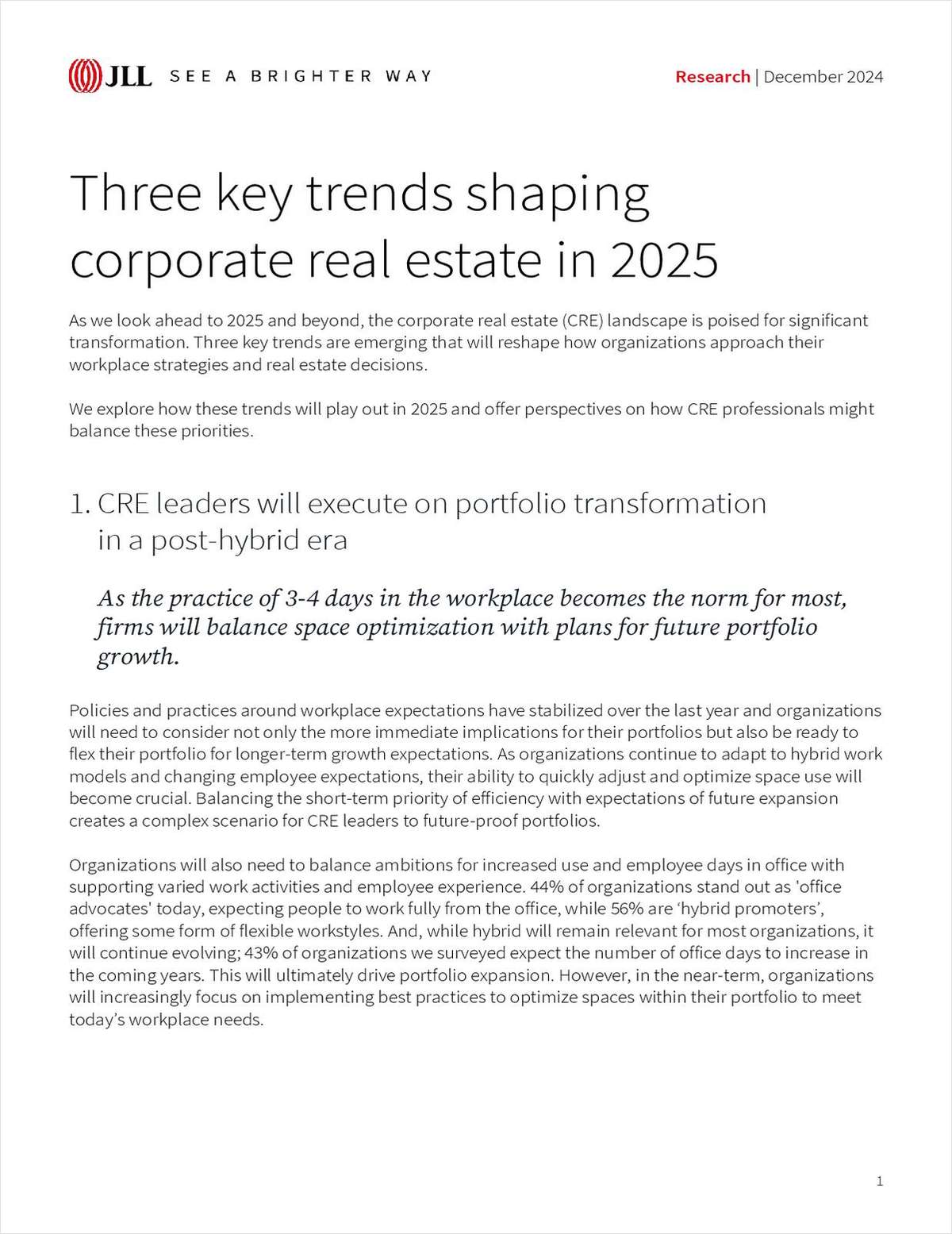SOUTH BEND, IN—Since at least early 2012, multifamily developments have attracted a great deal of interest from investors, and that appeal has now spread out from core markets to secondary and tertiary ones. Marcus & Millichap Real Estate Investment Services, for example, has just arranged the sale of Main Street Village Apartments, a 400-unit complex located at 5504 Town Center Drive in Granger, IN, just 10 minutes from the University of Notre Dame, for $37,750,000. And Marcus & Millichap officials say the bidding was quite competitive.
“This is a much more dynamic market than we've seen for awhile,” says Scott Harris, a senior vice president in Marcus & Millichap's Chicago-Oak Brook office. “We had about twenty investor groups that took a hard look at the development.” Harris represented the seller along with Alex Blagojevich, a vice president in the Tampa office, and David Gaines, a vice president in their downtown Chicago office. Blagojevich, Gaines, and Harris also found the buyer.
“This is a fairly large deal for the South Bend-Mishawaka area,” Harris adds, and this may have contributed to the heightened interest in the 373,145-square-foot development. In addition, many of the multifamily properties in this section of northern Indiana are older and do not offer the same level of amenities as Main Street Village.
Built in 2001, it sits less than one mile from a concentration of high-end retail, restaurants, and entertainment venues, and directly across the street from the newly-constructed Saint Joseph Regional Medical Center. Every apartment includes full-size washer/dryer, kitchen with built-in microwave, sound-conscious dishwasher, private patio or balcony with storage closet and many other features.
It is still rare for the larger institutional investors to find their way into these smaller cities when hunting for deals. Although a few institutional groups took a look at the property, and perhaps one submitted an offer, “there really was not aggressive participation from that end of the spectrum,” he says. However, the actual buyer, which was not named, did have some capital from institutional-level investors.
Harris says Main Street attracted so much interest due to its historical occupancy above 94 percent, rising rents, and the ability to attract and retain tenants without the use of concessions. Rents in the area, and many other secondary and tertiary markets that Harris works in, began rising in early 2012, and at the same time, “concessions began burning off, and about six to nine months ago, the concessions had been wrung out.”
Overall, “we're just seeing a lot more demand in these markets.”
© 2025 ALM Global, LLC, All Rights Reserved. Request academic re-use from www.copyright.com. All other uses, submit a request to [email protected]. For more information visit Asset & Logo Licensing.








